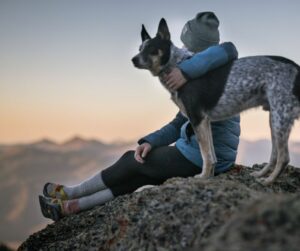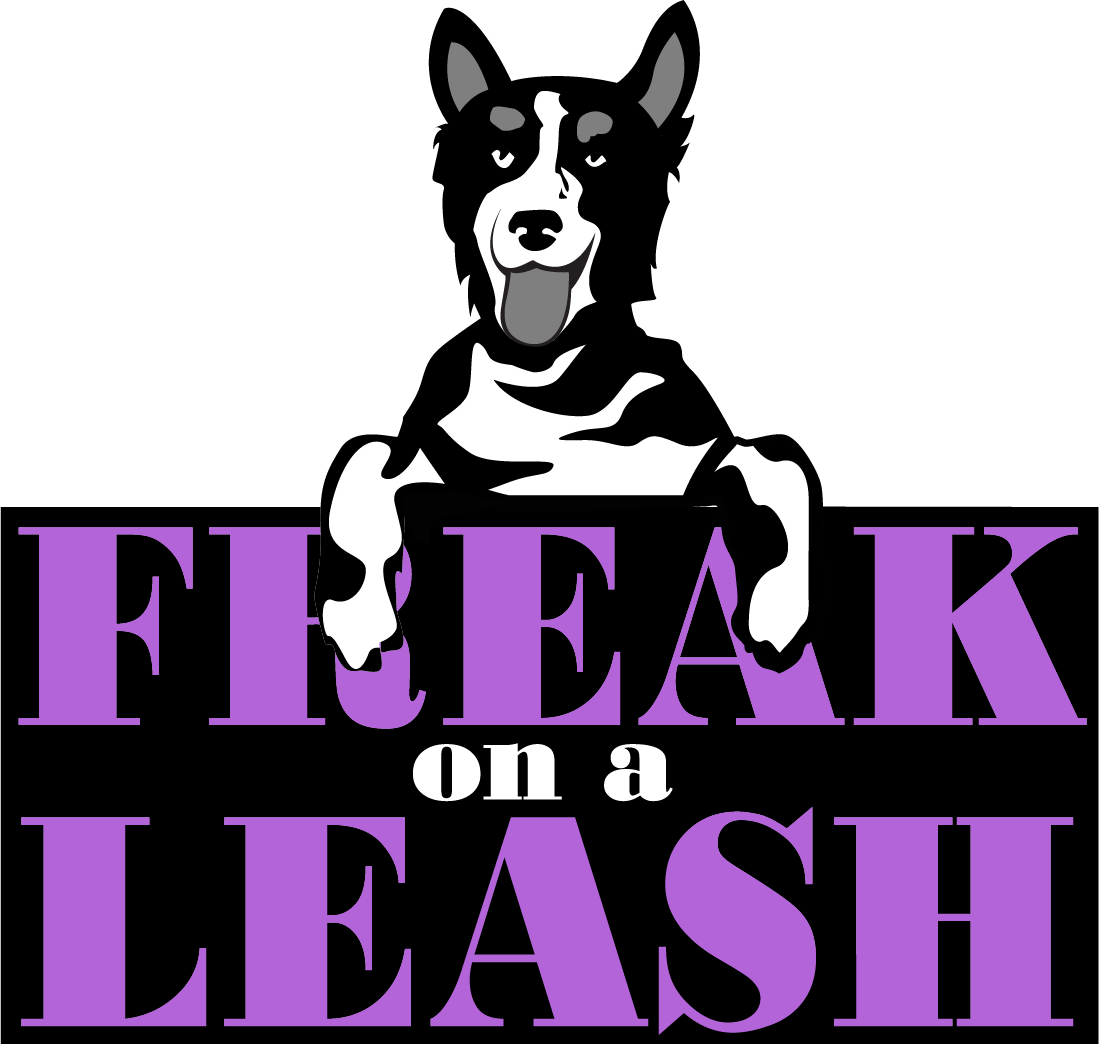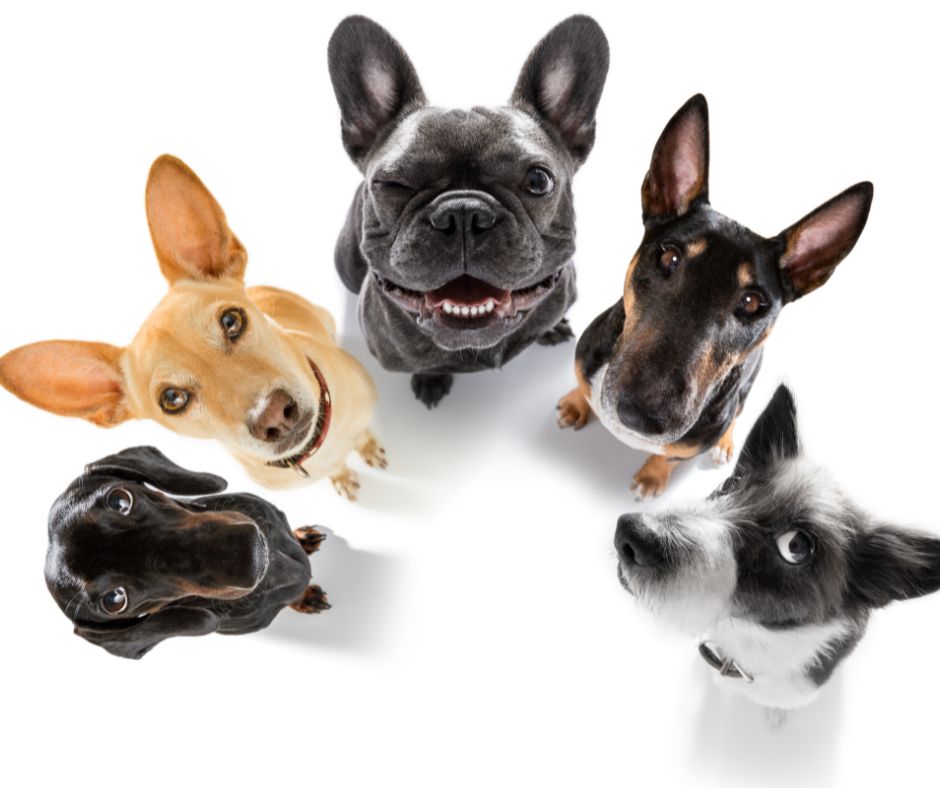Steps to Consider Before Adopting a New Member of the Family
As dog lovers, we’ve all done it: walked down the street, seen an adorable pup, and thought Ooooh, I want one of those!
Whether we’re eyeing a noble German Shepherd or a tiny teacup Yorkie, there’s no denying that certain breeds have the power to draw us in.
Responsible dog owners know, however, that choosing the right breed requires a lot more attention than choosing what to order off a picture menu.
When it comes to choosing the right furry friend for you and your family, it’s essential that you do your research – otherwise, you might end up with more than you bargained for.
Looks Can Be Deceiving
 Every breed has something wonderful about it, from a Husky’s striking eyes to a Mini Doodle’s golden curls to a Corgi’s sassy rear end.
Every breed has something wonderful about it, from a Husky’s striking eyes to a Mini Doodle’s golden curls to a Corgi’s sassy rear end.
Each of these breeds, however, adds up to a lot more than the cute impression we get walking past them on the street.
Huskies are regal and elegant, but they’re also incredibly vocal, shed like crazy, and can be harder to train.
Mini Doodles are precious and cuddly, but they’re prone to anxiety, barking, and guarding behaviors.
Corgis look like floppy couch potatoes, but they’re actually hardworking herding dogs who need plenty of exercise (or else!).
See what we’re getting at?
Researching the breed you like is perhaps the most important step you can take to prevent heartache, as well as wasting time and money.
Being strong enough to admit that a certain type of dog isn’t right for your household might not be easy, but you’ll be saving yourself a lot of heartache down the road.
What To Consider
When you’re looking into what breed is right for you, it’s important to consider all the angles. Check out this list for some ideas of what you want to find out before welcoming a new member of the family.
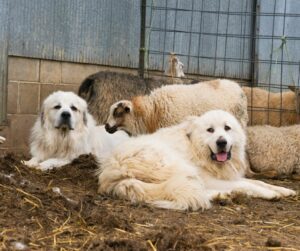 Size Things Up
Size Things Up
First things first: how big will this dog get? And realistically, how big is too big for your living space?
A quick Google search of “Great Pyrenees rescue” will illustrate just how many people think they can handle an extra-large dog, only to be rudely awakened by the reality of adding an eighty-plus pound animal to the household.
Great Danes, Bernese Mountain Dogs, Saint Bernards: the list of gentle giants is long, and there’s no denying that these guys make excellent companions if you have the right living conditions for them. A small house without a fenced yard, however, just isn’t the place for one of these breeds.
The same is true at the opposite end of the spectrum. Tiny dogs will not fare well in a house with tons of stairs. Their food and body temperature also need to be meticulously monitored, as their small size makes them vulnerable to quick blood sugar drops.
Essentially, teacup breeds need special attention and accommodations, just like their XL-counterparts.
Account for Exercise
A breed’s activity level is also important to consider.
 Greyhounds are lanky and lightning-quick when they run, but they’re usually content to laze around afterwards. Herding dogs, meanwhile – even smaller ones – need constant work to do lest they decide on their own jobs (such as shredding your furniture or racing around your living room).
Greyhounds are lanky and lightning-quick when they run, but they’re usually content to laze around afterwards. Herding dogs, meanwhile – even smaller ones – need constant work to do lest they decide on their own jobs (such as shredding your furniture or racing around your living room).
If you have a demanding job or a big family, how willing will you be to lace up your sneakers and take your pup out for a brisk hike after work?
Dogs can be excellent motivation to get out and enjoy some fresh air, but be prepared to be consistent and responsible when it comes to your dog’s needs, regardless of weather, long days, or anything else that might come up.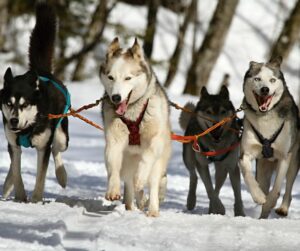
Figure out how much exercise your new buddy will require, and be honest with yourself. If you’re not a marathon runner now, don’t expect to become one when you get a dog!
Plan for Personality
Aside from your dog’s physical stature, you need to think about their temperament.
If you already have pets, it’s important to think about how your new friend will integrate into the family.
Some dogs are more likely to get along with other canine friends, while others tend to be more standoffish. Certain breeds are less likely to bother cats or caged pets, while others just might not be able to leave them alone.
This is doubly true for kids! Tiktok and Instagram may have us believe that puppies and kids are nonstop cuteness 24/7, but this isn’t always the case.
Hyper dogs might intimidate young kids by jumping, nipping, or barking at them. Likewise, shyer breeds or rescues with past trauma might not enjoy the constant attention and grabbing of curious toddler hands.
Many rescue dogs may have anxiety-related behaviors due to the difficult circumstances they’ve endured. Just as you would ask a purebred dog breeder, ask the adoption center plenty of questions about your would-be rescue to make sure you’ll be able to give them what they need.
For example, can your new pal be left alone, or are they prone to separation anxiety? Do they require medication? Sedation to travel? Can they be around kids or other animals?
Find out about possible triggers ahead of time to avoid any unwanted surprises.
Think Ahead With Health
 Thinking about health problems before they actually strike is a step that’s easy to skip, but don’t be tempted.
Thinking about health problems before they actually strike is a step that’s easy to skip, but don’t be tempted.
Hip dysplasia, patella luxation, hydrocephalus, arthritis: the range of problems your breed might face can be intimidating. Knowing ahead of time what could befall your furry friend can help you be a more responsible owner.
Whether it’s avoiding certain types of exercise, monitoring food intake, or simply being aware of warning signs, we need to carefully research the best ways to keep our preferred pooches healthy for as long as possible.
If you know that your favorite breed has some difficult limitations, it’s important to acknowledge this before falling in love with one and bringing him home.
 After all, there’s no point in getting a dog that you won’t be able to provide for should the worst happen.
After all, there’s no point in getting a dog that you won’t be able to provide for should the worst happen.
Make a Plan for Training
If you’ve dug into the physical, mental, and health aspects of your preferred dog and feel like all systems are go, congratulations!
Regardless of whether you’ve settled on somebody big, small, young, old, purebred, or mixed breed, you’ll need to think ahead about a training plan.
Different breeds may benefit from different types of training, so think about what that might look like beforehand.
A Lab puppy’s training needs will be completely different than a middle-aged Beagle’s.
Certain active breeds may thrive with agility training, while recently rehabilitated rescues might do better taking things slowly.
Enlisting the help of a reputable dog training school like Freak On A Leash can be a great investment to make your brand new BFF’s transition home a smooth one.
Professional trainers know the best ways to use positive reinforcement methods to help your dog develop all the good habits you want – without encouraging any of the not-so-nice ones.
Thoughtful planning and careful training are the most important steps for turning that dream dog of yours into a reality… and a dream come true.
